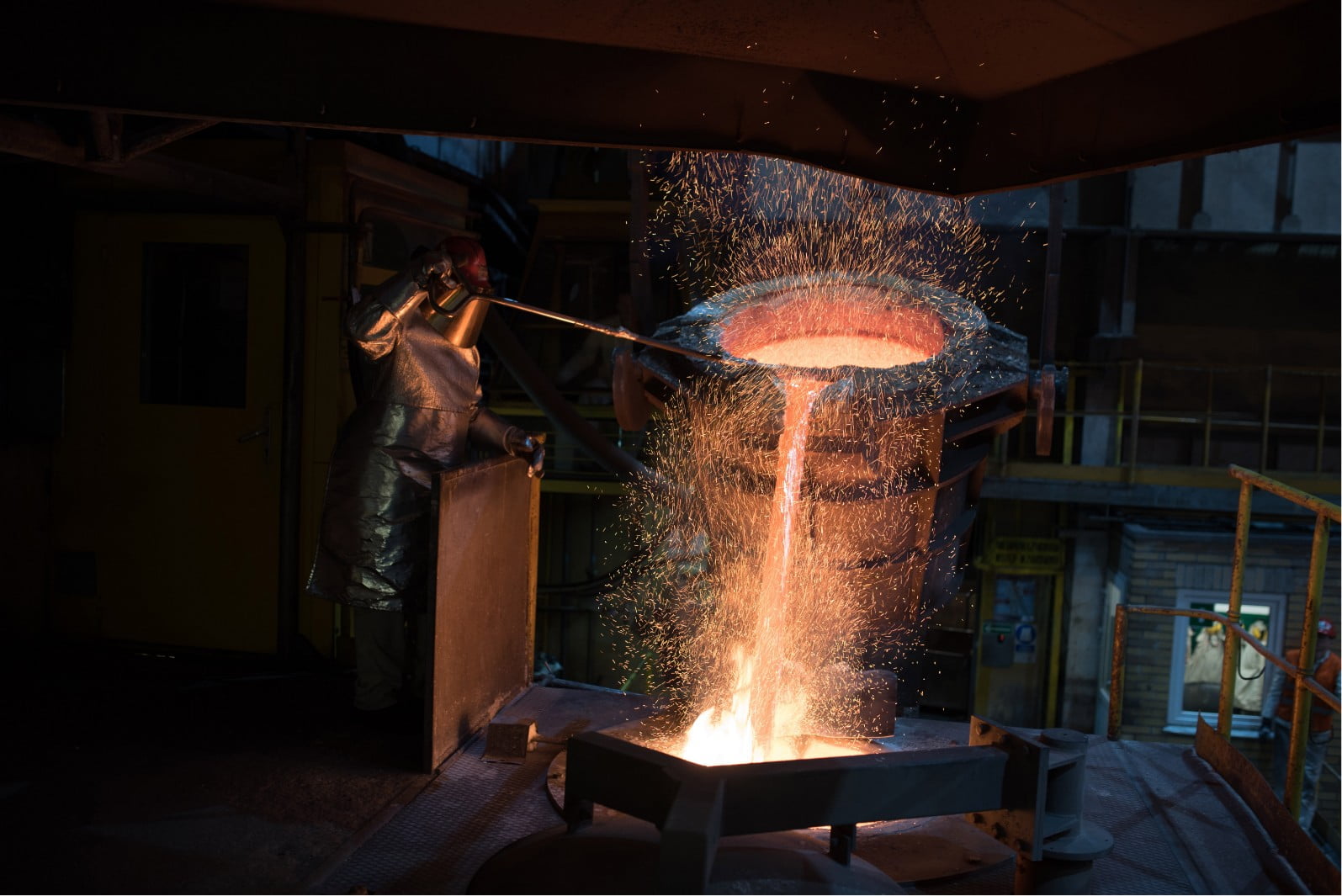The Group measures inventories at cost, not higher than the sales price less costs of completing production and costs to sell.
Any differences in the value of finished goods constitutes a write-down and is recognised in the costs of sold products.
The costs of inventories of finished goods, half-finished goods and work in progress include costs directly related to the production and variable and fixed indirect costs of production, assigned respectively. Fixed indirect costs of production are allocated on the basis of the normal level of production capacity utilisation.
The valuation of the inventory component disposal is made according to the weighted average purchase price and the weighted average actual production cost.
The Group also classifies as inventories stand-by spare parts that do not meet the criteria for recognition as property, plant and equipment in accordance with IAS 16 par. 7 and in accordance with the principles of capitalization of significant components, adopted in the accounting principles of the Parent Entity, where a materiality threshold of at least PLN 300 thousand has been set, for which the spare parts are analysed in terms of meeting the capitalization criteria of IAS 16. In relation to above, stand-by spare parts are in particular recognised as inventories, the value of which is insignificant or are not replaced at regular intervals, or which, after their installation, due to the failure of a spare part in an item of property, plant and equipment, will not contribute to obtain higher economic benefits from further use of this component, than those assumed at the moment of initial recognition of the component and putting it into use. The costs of such stand-by spare parts as a current maintenance costs of assets are recognized in profit or loss as they are used up.

